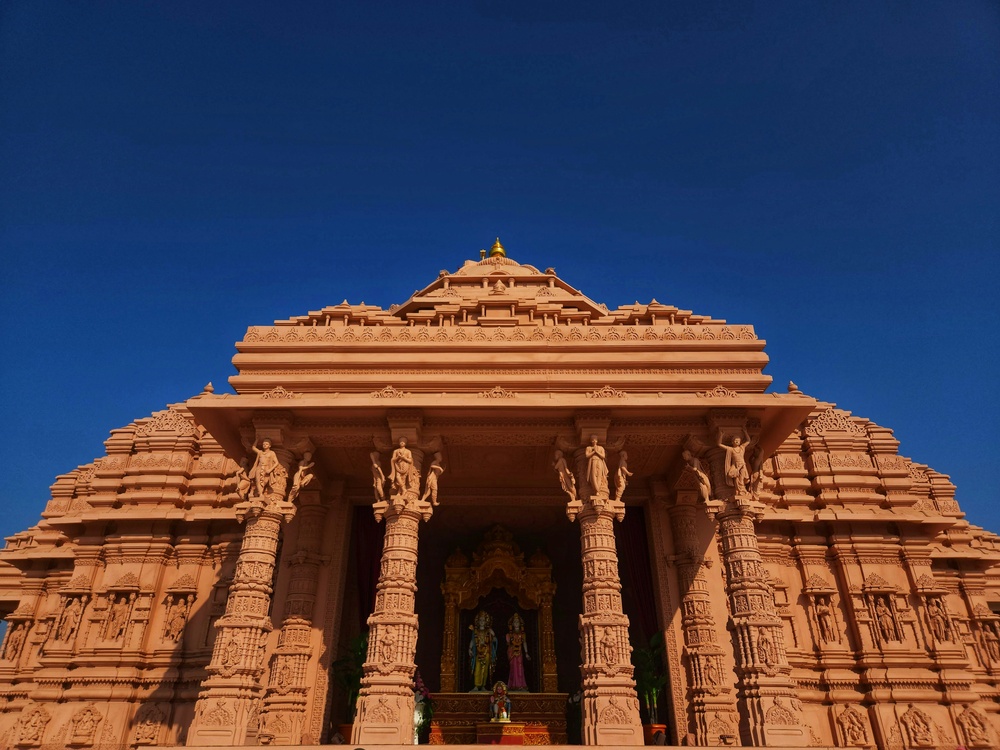Best Time to Visit Ayodhya: A Seasonal Guide to the Sacred City
Ayodhya, one of India’s holiest cities, holds immense religious and historical significance for millions of devotees and travelers. Known as the birthplace of Lord Rama and a vital center of ancient Hindu culture, Ayodhya welcomes pilgrims year-round. However, to truly experience its spiritual essence, cultural vibrancy, and architectural beauty, timing your visit wisely can make a substantial difference. This seasonal guide will help you understand the best time to visit Ayodhya for a memorable and comfortable pilgrimage or cultural journey.
Understanding Ayodhya’s Climate
Ayodhya, located in Uttar Pradesh, experiences a typical north Indian climate characterized by hot summers, a humid monsoon, and cool winters. Each season brings with it a different flavor, impacting sightseeing experiences, religious events, and comfort levels. Here’s how each season affects travel plans:
1. Winter (October to March): The Best Time to Visit Ayodhya
If you’re looking for the best time to visit Ayodhya, winter emerges as the most favorable season. With temperatures ranging between 10°C to 25°C, the weather is cool, pleasant, and ideal for exploring temples, ghats, and other attractions without the discomfort of heat.
Highlights of Visiting in Winter:
- Comfortable Weather: Perfect for day-long temple visits and walking tours.
- Festive Season: Major festivals like Diwali, Ram Navami, and Makar Sankranti fall during this period. Ayodhya is particularly magical during Diwali, celebrated as the homecoming of Lord Rama. Thousands of diyas (oil lamps) are lit at the ghats, creating a breathtaking sight.
- Ideal for Pilgrims: Visiting Ram Janmabhoomi, Hanuman Garhi, and Kanak Bhawan is far more pleasant when the weather is mild.
- Good for Families and Elderly Travelers: Comfortable climate makes it suitable for all age groups.
Pro Tip: Make hotel reservations in advance during Diwali and Ram Navami, as the city gets crowded with pilgrims and tourists.
2. Summer (April to June): Avoid If Possible
Ayodhya’s summers are quite harsh, with temperatures soaring between 30°C and 45°C. The heat can be exhausting and may interfere with sightseeing plans, especially for those not accustomed to the Indian summer.
Challenges in Summer:
- Extreme Heat: Not suitable for long walks or temple visits during the day.
- Dehydration and Sunburn Risk: Tourists must carry water, wear hats, and apply sunscreen to avoid discomfort.
- Limited Outdoor Activities: The best sites in Ayodhya are often outdoors, making it difficult to enjoy them in the sweltering heat.
That said, if you happen to visit during this time, early mornings and late evenings are the best slots for sightseeing. Also, the summer crowd is thinner, which can be a plus for those seeking a quieter pilgrimage.
3. Monsoon (July to September): Green but Humid
Monsoon brings much-needed respite from the heat but introduces high humidity and frequent rains. Temperatures remain between 25°C to 35°C, and the surroundings turn lush green, adding a fresh charm to the city.
Pros and Cons of Visiting During Monsoon:
Pros:
- Scenic Beauty: The ghats and temple complexes look refreshed after rains.
- Lower Travel Costs: Hotel and transportation prices are relatively low.
- Fewer Tourists: You can enjoy a more peaceful experience at sacred sites.
Cons:
- Disruptions Due to Rain: Sudden downpours may affect travel plans.
- Slippery Roads and Pathways: Ghats and narrow temple roads can be slippery and unsafe.
Monsoon is not the best time to visit Ayodhya, especially for first-timers or elderly travelers, but seasoned spiritual seekers may appreciate the tranquility it brings.
Key Festivals and Events to Consider
Ayodhya’s religious calendar is packed with celebrations, and planning your trip around these can make your visit even more meaningful.
- Diwali (October/November): The most grandly celebrated festival in Ayodhya. The city is illuminated with millions of lamps, especially along the Saryu River.
- Ram Navami (March/April): Celebrates the birth of Lord Rama. Grand processions and rituals take place at Ram Janmabhoomi.
- Shravan Month (July-August): Devotees flock to Shiv temples, and religious fervor is high.
Attending these festivals not only offers spiritual merit but also allows you to witness Ayodhya’s vibrant cultural traditions.
Final Verdict: Best Time to Visit Ayodhya
Undoubtedly, October to March stands out as the best time to visit Ayodhya. The pleasant weather, the festive atmosphere, and the ease of exploration make this window ideal for all kinds of travelers — whether you’re a pilgrim, a history buff, or a cultural explorer.
If you want to experience Ayodhya at its spiritual peak, plan your visit during Diwali or Ram Navami. However, make sure to book accommodations in advance and prepare for crowds.
Travel Tips for Visiting Ayodhya:
- Clothing: Pack modest and traditional attire, suitable for temple visits.
- Footwear: Comfortable walking shoes or sandals (often removed before entering temples).
- Stay: Choose centrally located accommodations for easy access to major temples and ghats.
- Guides: Hiring a local guide can enhance your understanding of Ayodhya’s mythology and history.
Conclusion
Ayodhya, with its deep spiritual roots and mythological significance, offers a transformative experience to every visitor. But to truly enjoy and absorb the essence of this sacred city, choosing the right time to visit is essential. Whether you are witnessing the grand spectacle of Diwali diyas or meditating along the serene ghats during a calm winter morning, Ayodhya will leave a lasting imprint on your soul. Let this seasonal guide help you plan your journey wisely — and experience Ayodhya when it’s at its divine best.


